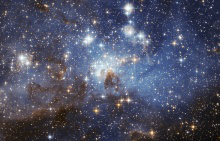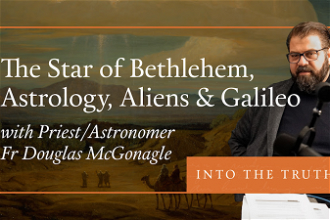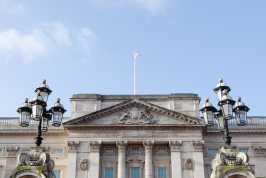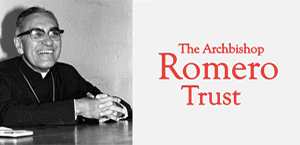Vatican promotes exhibition on history of universe

Wiki Image/European Space Agency/star forming region of Large Magellanic Cloud. From Hubble Space Telescope
A scientific exhibition on "the history of the universe, from the particles which make up the atoms in our bodies to distant galaxies" was announced today by Fr Jose Gabriel Funes SJ, director of the Vatican Observatory.
Fr Funes defined the exhibition as: "Stories from another world. The universe inside and outside us". Opening on 10 March at the Palazzo Blu Foundation in Pisa, the exhibition will run until 1 July.
Fr Funes noted how Pisa is important in the history of astronomy, because it was the birthplace of Galileo Galilei. The astronomer was condemned by the Vatican in 1633 for his theories and spent the last eight years of his life under house arrest. Blessed John Paul II apologized in 1992, saying the church had been wrong to convict Galileo.
Pisa is also the city in which Cardinal Pietro Maffi practised his pastoral ministry. In 1904 Cardinal Maffi was appointed by Pius X as president of the Vatican Observatory.
The exhibition is aimed particularly at young people and great care has been taken "to make complex and difficult knowledge accessible, while at the same time avoiding the risk of superficiality".
Cosimo Bracci Torsi, president of the Palazzo Blu Foundation said that the exhibition "is the outcome of fruitful collaboration between lay scientists and religious scientists, all members of scientific institutions of great prestige but with very different origins" - the INFN, the Vatican Observatory and the Department of Physics at the University of Pisa.
He explained how "the exhibition includes spectacular images, instruments and exhibits.. leading visitors on a fascinating journey which begins in the solar system and our material nature, reaching the stars of this and other galaxies, up to the spatial and temporal confines of the universe and of our current knowledge".
Objects on display include rock fragments from the moon and Mars, and original copies of the books of Isaac Newton.
Source: VIS/INFN
















